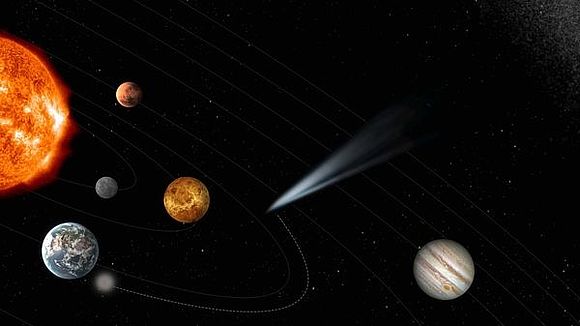What is Comet Interceptor?
Timo Rühl: Comet Interceptor is – as the name suggests – an ESA mission to visit a comet. Which comet that is going to be has not been determined yet and will most likely still remain unknown even when the mission is ready to launch.
Why is Comet Interceptor to visit an unknown comet?
All missions that have gone to comets so far, have visited comets that originate from the Kuiper Belt. These comets enter the inner solar system relatively frequently, which changes their composition. Truly pristine objects originate from the Oort cloud or even from outside our solar system. The problem is that the appearance of these objects cannot be predicted with sufficient lead time to then build and launch a spacecraft.
How will Comet Interceptor intercept such an object?
We first build the spacecraft and then bring it into a parking position in space, where it can spend a long time waiting until a suitable target is detected.
Why is it interesting for science to study comets?
Small body research creates a lot of valuable data. The objects in the Oort cloud are so far out that they are halfway between our Sun and the next star. They are remnants from the early days of our solar system and can therefore tell us what the objects in the early solar system were made of. This can help us understand how the solar system formed and how planets like our Earth came to be.

Timo Rühl studied Mechanical Engineering at RWTH Aachen and Space Systems Engineering at TU Delft. He has been working as Systems Engineer in the Scientific Missions Department of the Directorate for Space System Studies, Predevelopment and Proposals at OHB System AG in Bremen for more than two years and fulfils the role of Platform Systems Engineer for the Comet Interceptor mission.

